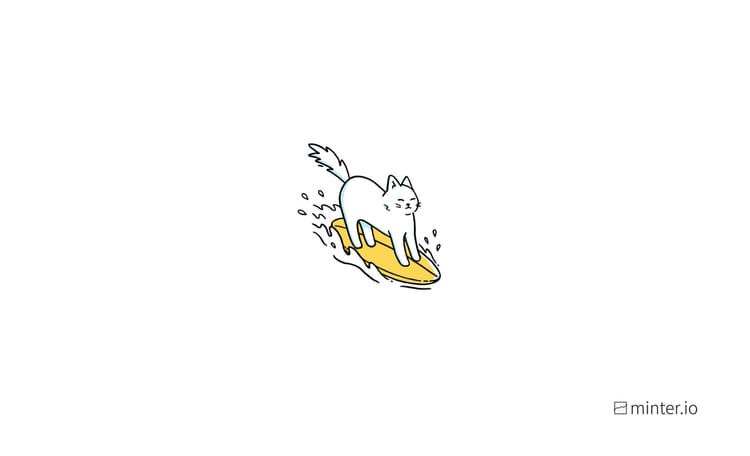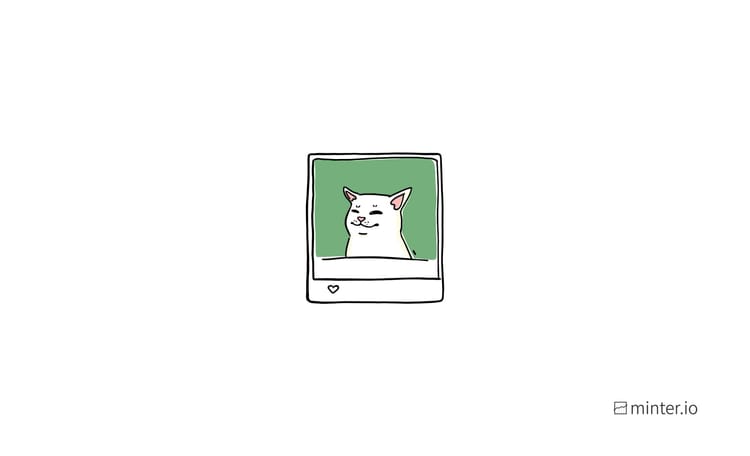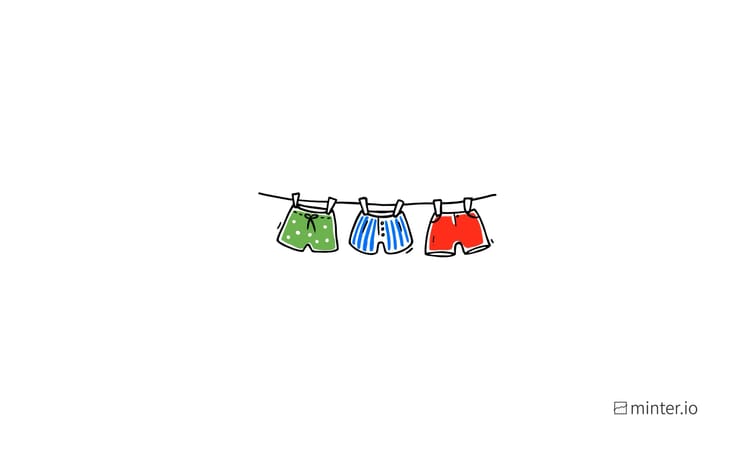How to use emojis on social media as a brand
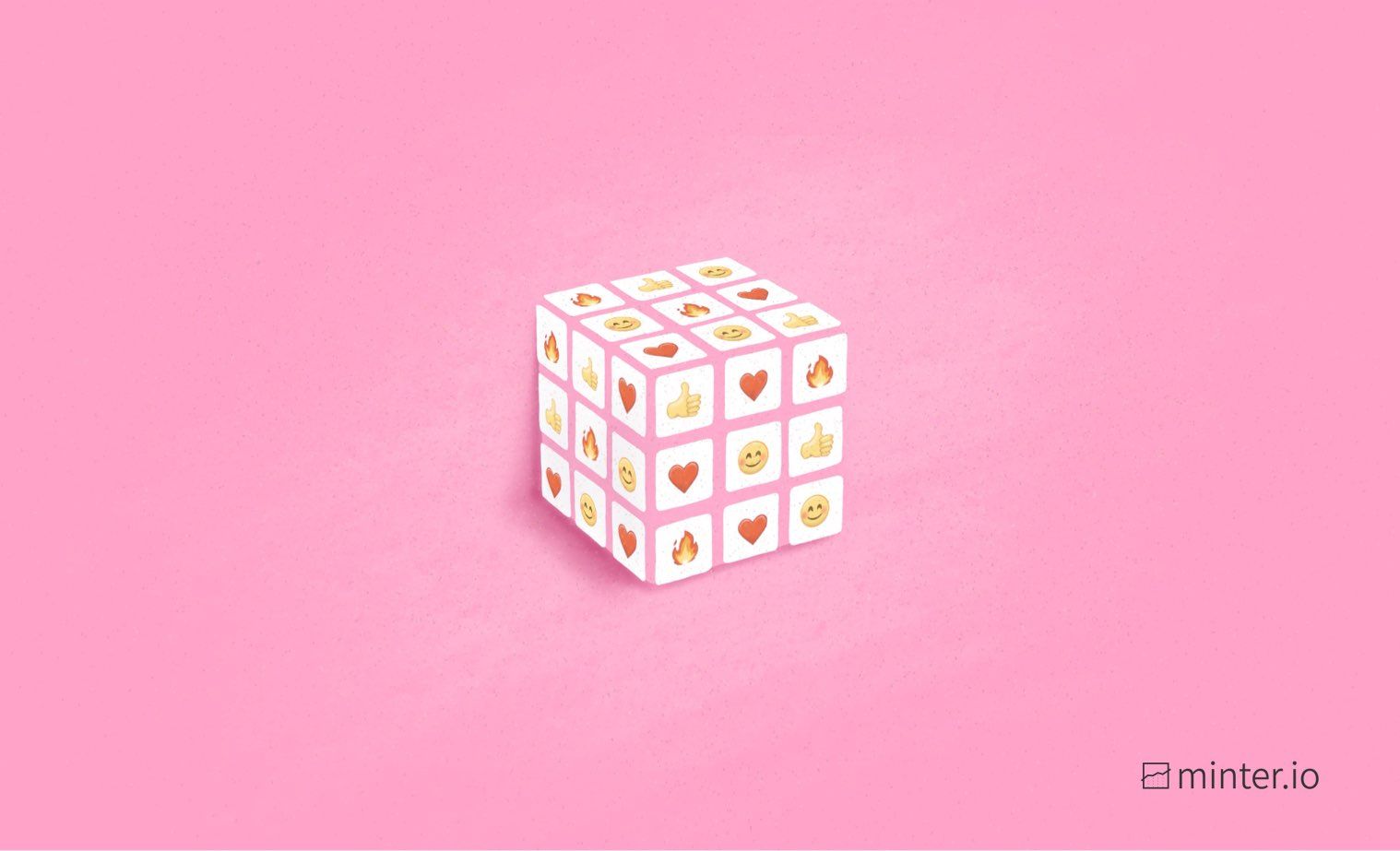
Emojis are the hieroglyphics of the 21st century and these expressive stickers are a social media staple. In this article, we’re going to look at how brands use emojis. We’ll look at several ways emojis can be used for various effects, share loads of super examples and we’ll show you how you can implement emojis into your business’ social media presence.
What are emojis?
Long gone are the days when you’d have to type a colon followed by a close bracket to create a smiley face :) and turn your head sideways to view it. These primitive examples of emotional expression via the internet have evolved into a full-blown catalogue of digital images, embedded into every smart phone and used in everything from messages to movie reviews. Simply put, emojis are small digital images you add to text to express an idea or emotion. Rumour has it, you can tell a lot about a person by their frequently used emojis.
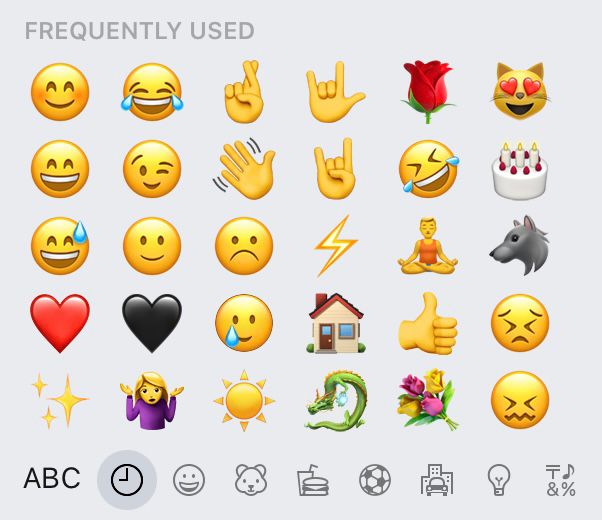
How brands use emojis
While brands can use emojis just like consumers can, in a business setting emoji use tends to be more strategic. There are several ways you can use emojis for a multitude of different reasons. Let’s look at some of them.
Provide context
Probably the most basic form of emoji use is to provide context to written text.
This could mean adding:
- Balloons and a cake on your business’ anniversary
- Rain, sunshine or an umbrella to a weather report
- Champagne glasses and a party popper after sharing an event
- Starry eyes or a grinning face at the end of an exciting announcement
- A heart or a smiley when showing your appreciation
- A sad face after bad news, temporary store closures or unexpected delays
- An alarm, megaphone or exclamation mark when sharing an alert, a sale or a limited offer
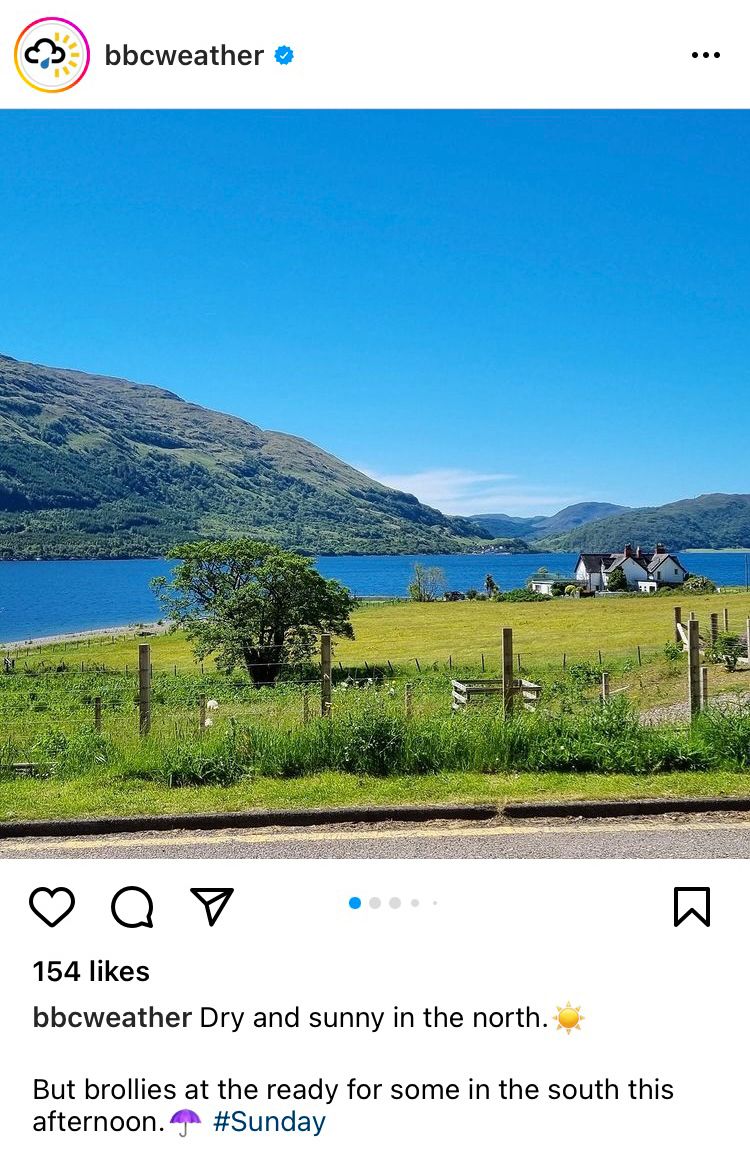
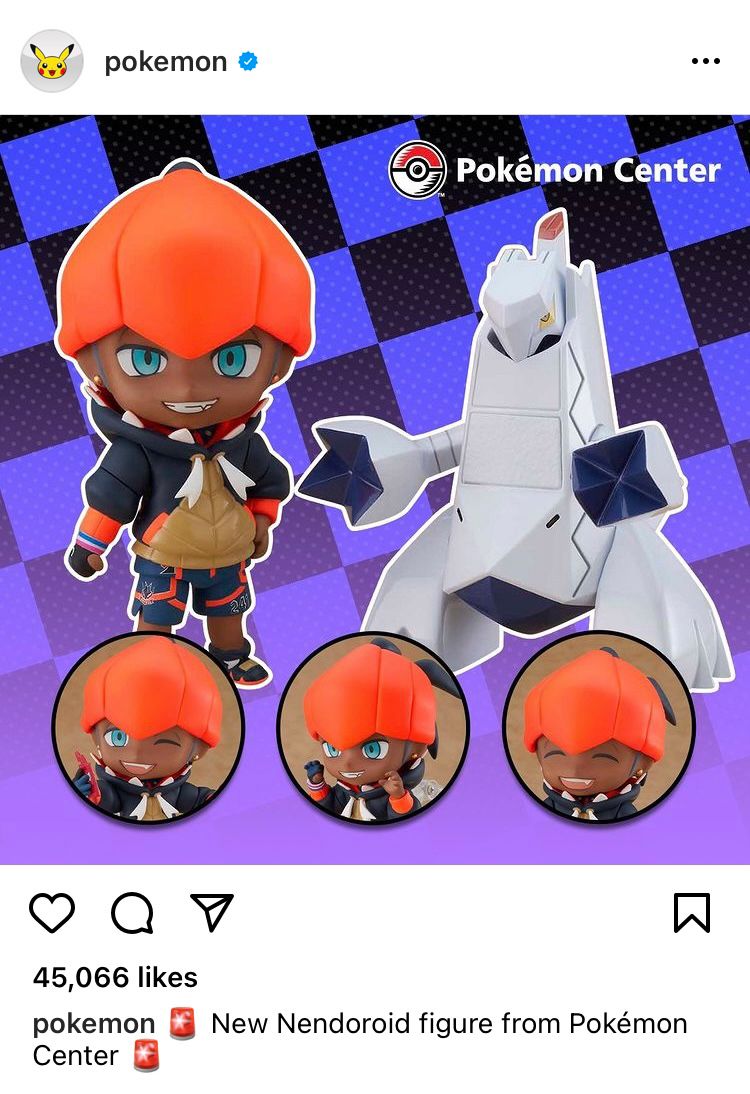
This type of emoji use is particularly useful if a phrase could be read in multiple ways, if you want to display sarcasm or if what you wrote could come across as sarcastic when you don’t mean it to. Eliminating confusion over double meanings and inflections is a good idea if you want your business to avoid awkward comments. Just be careful that your emojis don’t create a double meaning you’re not aware of. For example, eggplants (aubergines) and peaches don’t only refer to fruits and vegetables if you know what I mean…
Soften or amplify tone of voice
Have you ever written an email or a text but added a smiley face at the end because you didn’t want your message to come across too harsh? You can use emojis on social media for the same reason.
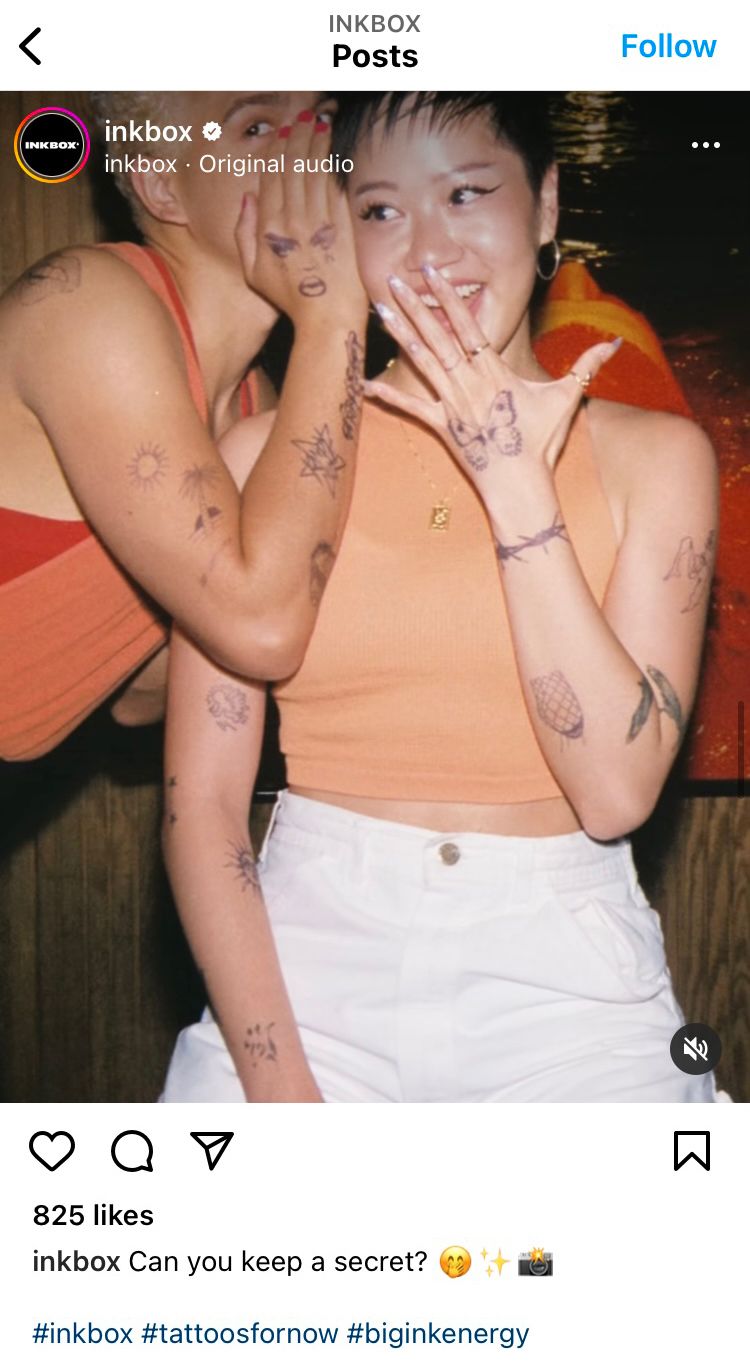
Similarly, emojis can simply be used to amplify the tone of your text. Adding 5 angry faces to a review, for example, is a pretty strong representation of amplified emotion. Equally, 5 grinning faces heightens the visual component of a message of excitement.
Tap into trends
Trends come and go in many different forms on social media and emojis are no exception. Specific emojis trend in popularity over time and differ between platforms, age groups and demographics. A good rule of thumb to keep your finger on the pulse is to get to know your audience and the kind of emojis they use. Not only will this make your business more relatable but it will keep you in tune with your target audience. You can find your own audience demographics on Minter.io for multiple social media platforms. This will help you get started with knowing your audience and crafting content specifically for them.
We particularly enjoy this hand clap trend seen in heated debate to really hammer home a point, particularly on Twitter. Brands and trolls alike cottoned onto this use of emoji and replicated it to add spice to their own timelines.
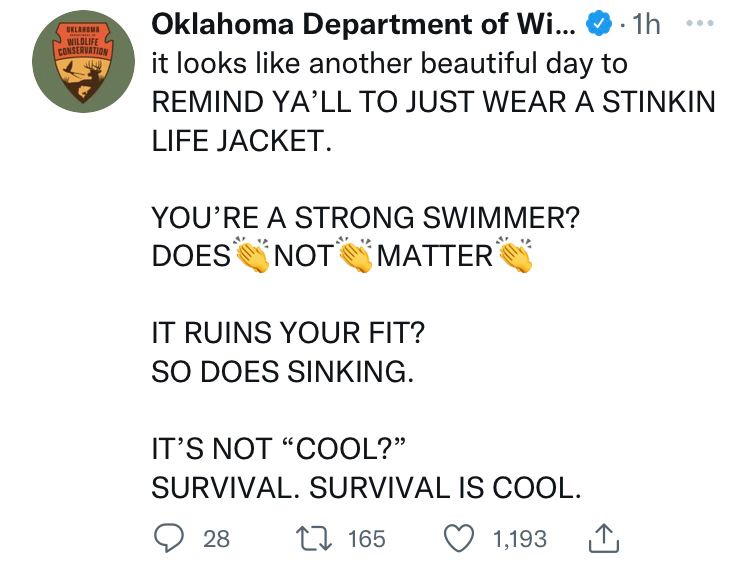
Grab and hold viewer attention
When posting on platforms that allow text-heavy updates, such as Facebook and Instagram, many brands use emojis in the first line of text, as bullet points for lists and throughout paragraphs. This helps to grab attention with the first line and hold it throughout additional text, so the reader spends more time on the post!
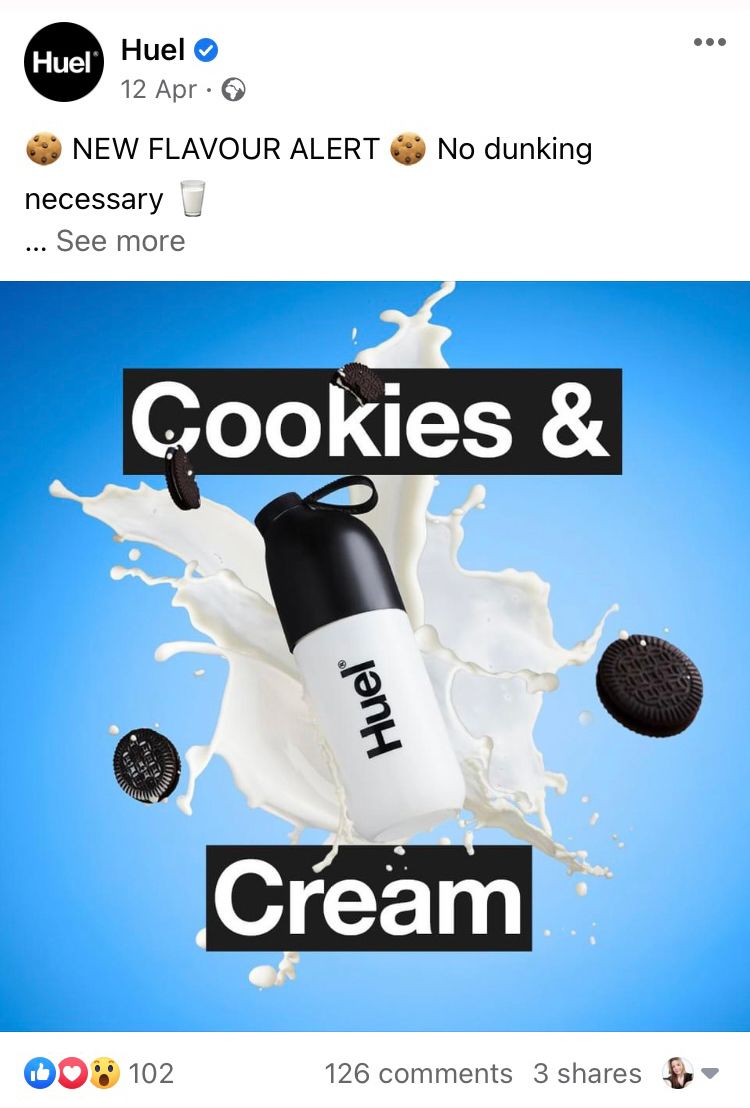
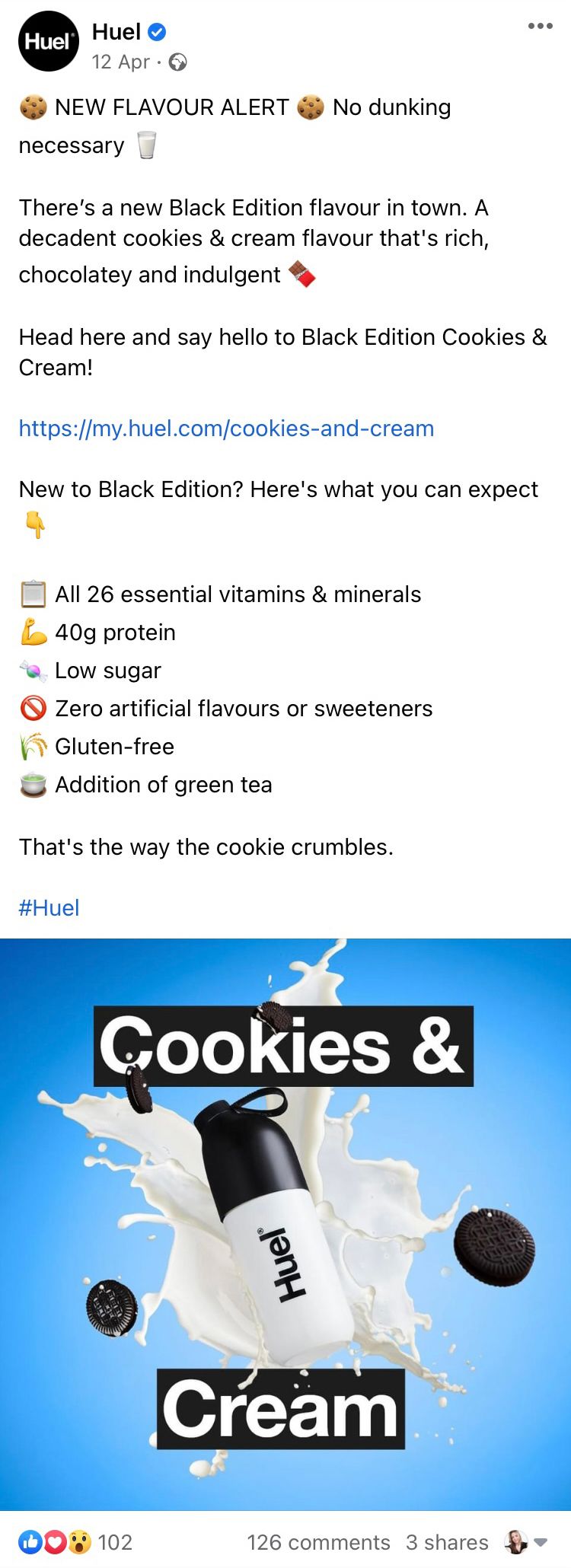
Target a specific demographic
Have you ever noticed that people of different ages seem to use different emojis and different amounts of emojis? I remember when my mum started using emojis and I got a stream of emojis following a simple hello, which I thought was highly amusing - but then I found out all her friends do that too! Emoji use tends to differ from generation to generation and group to group. Tap into this by researching what will resonate with your current audience or your target audience and mirror emoji use they associate with their peer group.
Some emojis have hidden meanings which can differ from group to group.
Here are just some examples of emojis having double meanings:
- Goat 🐐 - Greatest of all time
- Snake 🐍 - An untrustworthy person
- Tea ☕ - Gossip a.k.a 'spilling the tea’, sometimes paired with a frog face to replicate a popular meme
- Snowflake ❄️ - A derogatory term for an overly sensitive or easily offended person
- Eyes 👀 - Awkward, shifty or drawing attention
- Fire 🔥 - ‘Lit’ which is slang for amazing, or ‘hot’ which is slang for attractive
- 100 💯 - Keeping it real a.k.a ‘Keeping it 100’, being genuine or agreeing i.e. 100%
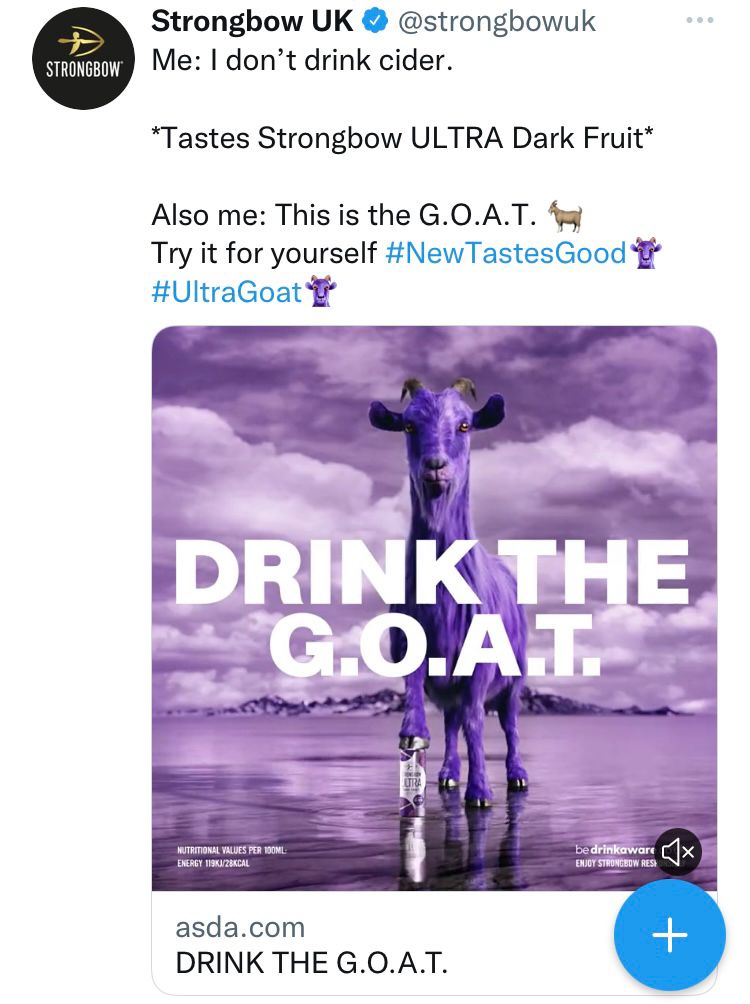
Add an emoji to your branding
Some brands have gone above and beyond to adopt an emoji of their own. By choosing a specific emoji to be used as part of the branding, businesses can make their posts instantly stand out online. Consistently using the same emoji as part of your branding makes your posts recognisable to your audience. You may even find that fans of your brand adopt an emoji to share their support of your brand. Emojis could even be used in a specific marketing effort such as a hashtag campaign.
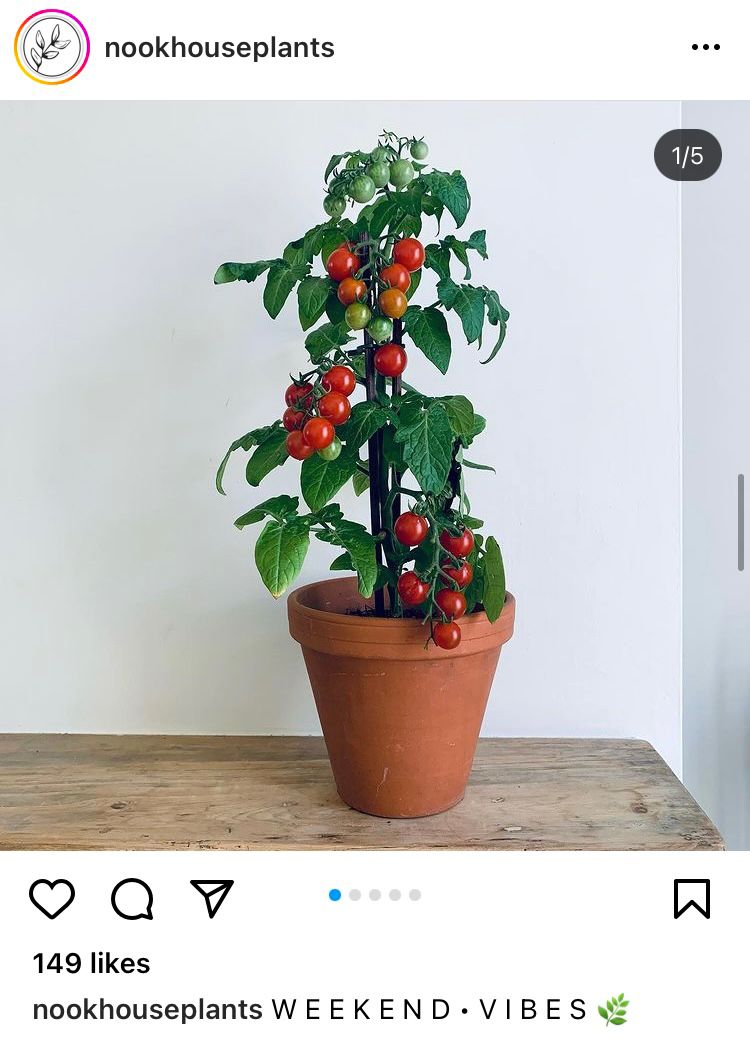
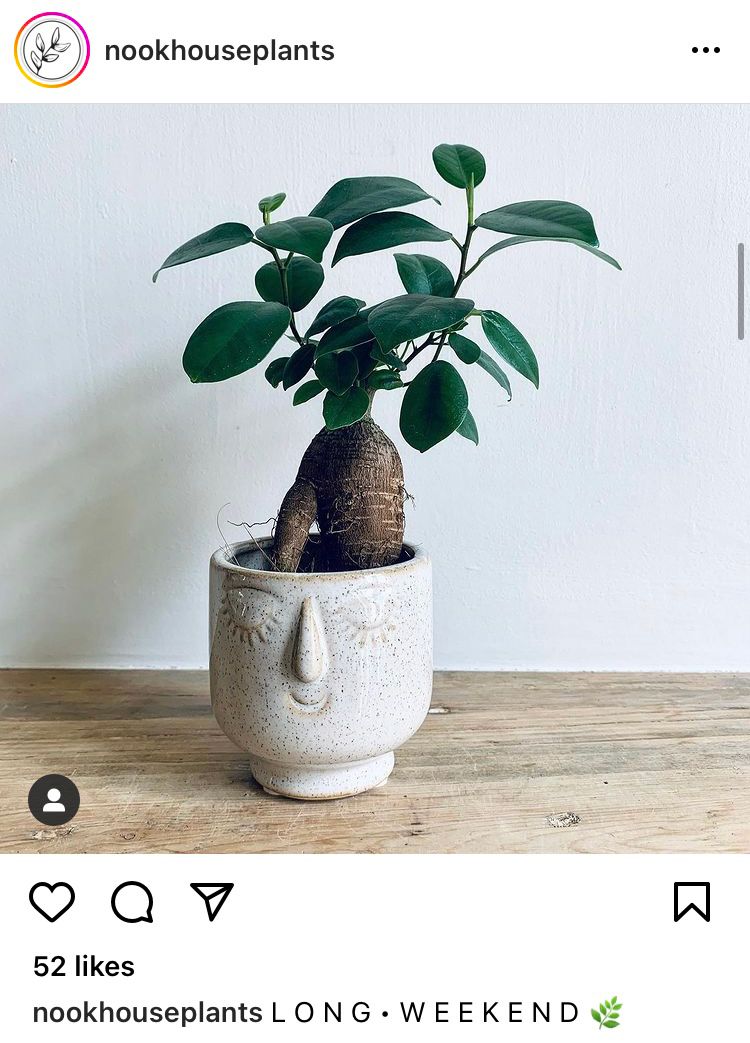
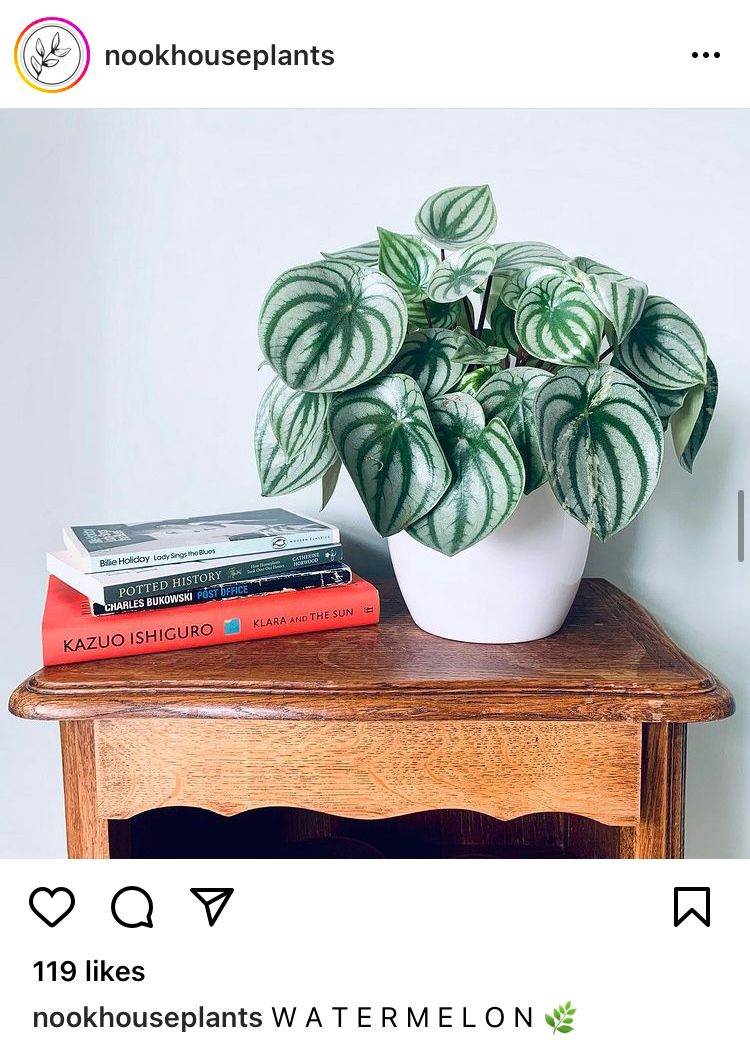
Humanise the brand
If nothing else, emoji use can humanise your brand by adding emotion and expressing ideas in a visual way. You could use emojis in a humorous way to go one step further in your humanisation efforts.
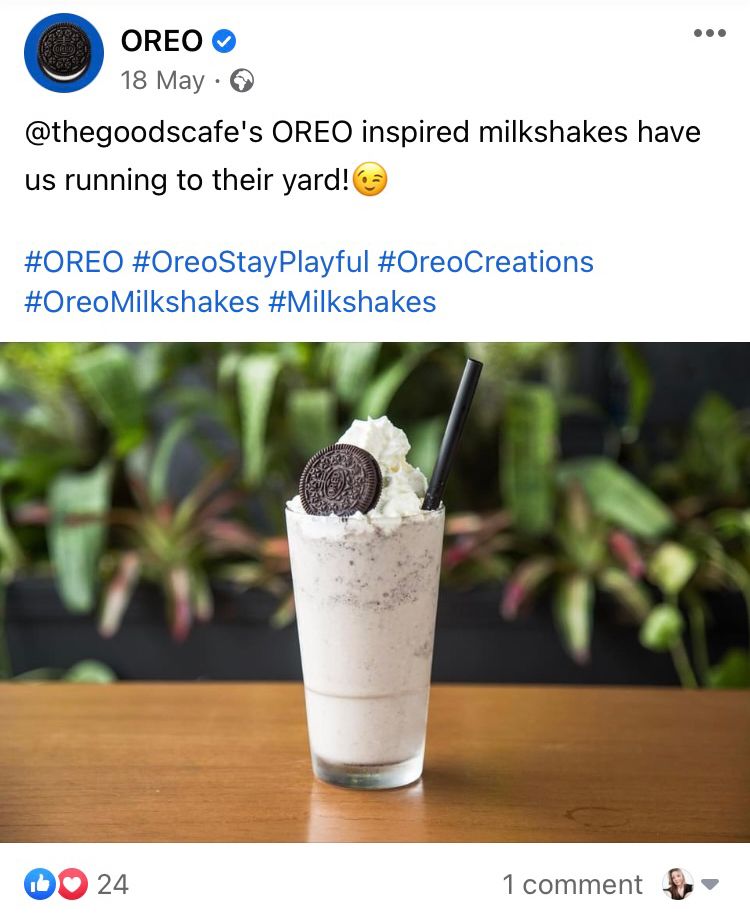
Now that you have several techniques for integrating emojis into your social media strategy, make sure you’re using them effectively by getting to know your audience and the emojis they are likely to respond to. Head over to Minter.io for in-depth analytics for the social media platforms that matter to you.
Try Minter.io!→
